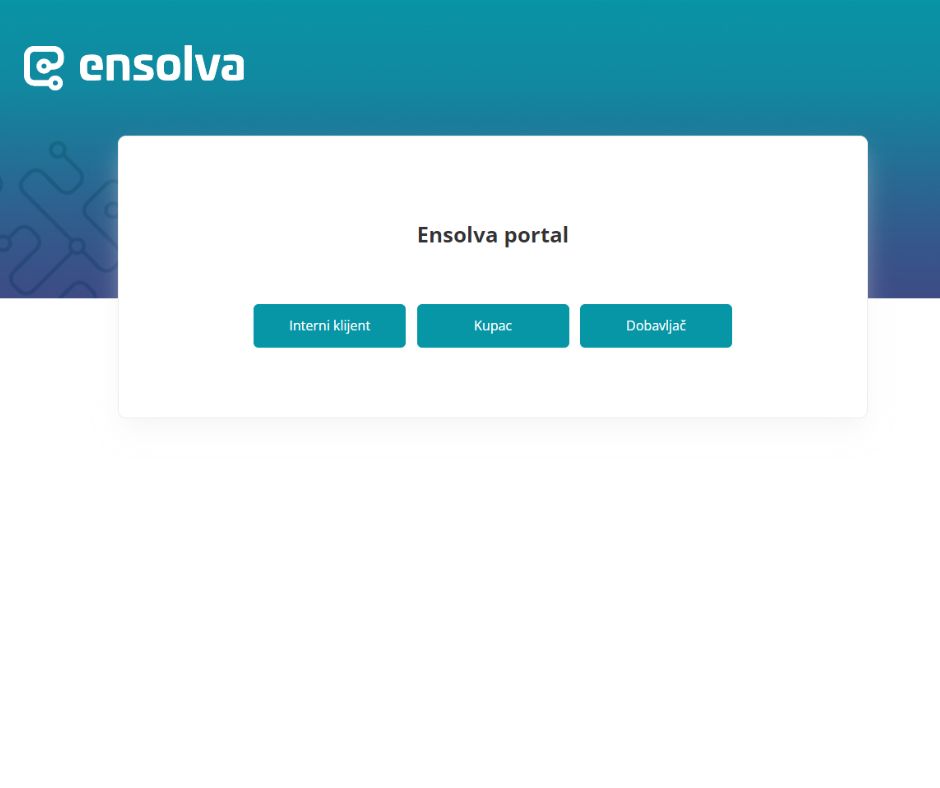Crises are an inevitable part of any business, hardly any business survives its entire life without a single crisis. Whether it’s global economic recessions, natural disasters, health crises, or unexpected market changes, a company’s ability to adapt and operate in such situations is actually key to survival and success. One of the key segments of the company that plays an important role in responding to crisis situations is procurement. The continuous task of procurement is to ensure the smooth procurement of goods and services in a certain quantity and quality within the requested period at an acceptable price. Even in the conditions of regular business, this is very challenging and demanding. The situation naturally becomes more complex in times of crisis, as was the case with the corona virus, for example.
One of the elements of strategic procurement is risk management and definition of risk mitigation strategies. But in practice, it is clear that often companies do not have such a strategy, but react only when a risk arises. Is your company ready for supply crises? This is the question we will focus on in this blog.
This is how you can check if procurement in your company is ready for a crisis:
- Do a risk analysis
The first step is to conduct a risk analysis, look at potential crisis situations that could affect your company’s procurement such as supply chain disruptions, natural disasters, political instability, economic recession, global pandemics and the like. Assess the likelihood of each of these scenarios occurring and the impact they would have on your business.
- Assess the resources
Make sure you have enough resources to be able to respond to crisis situations. So, check stock levels, warehouse capacity, financial resources and human resources needed for crisis management. Also make sure you have access to alternative suppliers or resources in the event of a supply chain disruption.
- Check what the business continuity plans are
If you already have business continuity plans, make sure they are adequate and up to date. Verification of plans should include key functions and processes, risk assessment, development of strategies for their management, and testing of plans. If you don’t have business continuity plans, it’s time to develop them because it’s very important for business to run smoothly in crisis situations.
- Communicate with suppliers in a timely manner
It is important to check whether your suppliers are also prepared for crises. Communicate with them to find out what measures they have taken to ensure continuity of supply in case of crisis situations. Establish a base of alternative suppliers and diversify the supply chain to reduce the risk of supply interruptions during periods of crisis.
- Test the procurement process
If you can, it’s great to test your company’s procurement for crises, so you can best see how prepared you really are. Organize crisis simulations to check how your processes work in real time under real pressure. Note down any deficiencies and try to correct them before a real crisis occurs.
- Educate procurement employees
Vendors are key to effective crisis management. Check the level of education and knowledge about business continuity plans and crisis response procedures. Organize trainings and simulations to prepare them for all possible scenarios.
- Monitor and update established plans and processes
Once you’ve checked how crisis-ready your company’s procurement is, it’s important to regularly monitor and update your plans and processes. Any change in the environment or business can affect your ability to respond to crises, so it’s important to be flexible and adaptable.
It is important to make changes and optimize processes in time
What is actually most important is that timely decisions are made that enable business with as few potential losses as possible, as well as additional costs. If, for example, the supply of the required raw material is limited, then both sales and production should take on a certain responsibility of adaptation with alternative raw materials and solutions. Then we have to be aware that we probably have to make a change in the sales range. This means that production should be optimized. On the other hand, procurement must not succumb to pressure and accumulate stocks, as this endangers liquidity and cash flow.
Inventory management is also key to ensuring that there are enough reserves for the company to weather crisis situations. This means maintaining adequate stock levels of key raw materials or products to be able to respond to unexpected supply disruptions. However, it is important to avoid excessive inventory that could lead to unnecessary storage costs. That’s why it’s important to do an inventory analysis.
The development of a business continuity plan is necessary so that you can continue working even in the most difficult situations. For procurement, this means securing alternative sources of supply, building partnership relationships with suppliers, and establishing quick and efficient procedures for responding to interruptions in supply.
In crisis situations, technologies are actually key to optimizing procurement processes and increasing efficiency. The implementation of advanced technological tools gives the possibility of better visibility and management of their supply chain, which increases their ability to quickly react to changes and risks. It also enables better collaboration with suppliers resulting in better coordination and improved synergy in the supply chain. However, it is important to point out that the use of technological solutions to optimize procurement processes requires investments in infrastructure and employee training. You need to ensure adequate training of your teams in time so that they can make the most of the advantages of technology.
Conclusion
Checking your company’s procurement readiness for crises is essential to ensure business continuity and protect your company from potential losses. Risk analysis, resource assessment, verification of business continuity plans, communication with suppliers, process testing, staff training, and monitoring and updating are key steps in verifying your company’s crisis preparedness. With proper preparation and planning, you can ensure that your business is ready to face challenges and overcome them successfully. Crises are an inevitable part of business, but that doesn’t mean they have to be disastrous for your company. Risk management, supply chain diversification, inventory management, developing business continuity plans, and investing in technology and education are key steps toward ensuring your company is prepared for supply crises. Although we cannot prepare for every possible situation, with the right strategies and tools, we can minimize risks and ensure continuous supply and the survival and success of the company even in the most challenging times.



